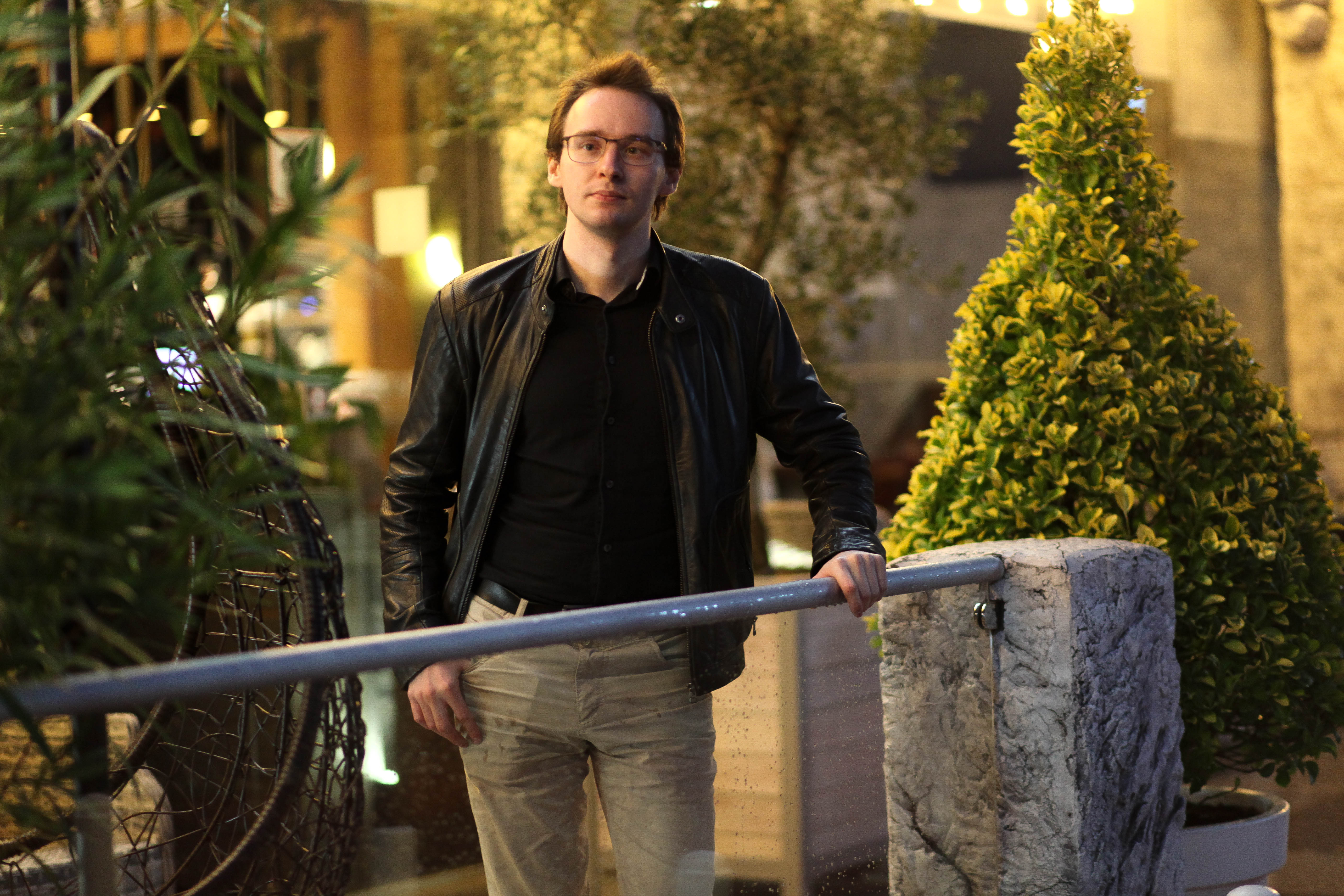Where to Start Right Now
Three practical steps to turn your social networks into a job search tool

Where to Start Right Now
You've read the statistics, learned about the advantages, and seen real success examples. Now the most important thing is to start acting. Here are three first steps you can take today to turn your social networks into a job search tool.
Step 1: Audit and Clean Up Profiles (30 minutes)
Before you start building a strong professional presence, it's important to take a step back and look at your existing profiles with fresh eyes. This isn't a decorative formality—it's a critically important stage. Research shows that 54% of employers have already rejected candidates solely because of what they saw on their social networks [54 Percent of Employers Have Eliminated a Candidate Based on Social Media (2020)]. Sometimes a person doesn't even realize they're being rejected—the recruiter just closes the tab.
The first thing to do is carefully review all your profiles. By "all," we mean not just LinkedIn, but also Instagram, Facebook, Twitter, Telegram account, public channels, old pages, forgotten posts. It's important to see your social networks through the eyes of someone who knows nothing about you. If you encounter photos and posts you wouldn't show a future manager—that's food for thought. According to CareerBuilder, 61% of employers consider inappropriate content a direct reason for rejection [More Than Half of Employers Have Found Content on Social Media That Caused Them Not to Hire a Candidate].
The second step is to get rid of everything that could show you in a bad light. This isn't a call to erase your life, but if there are controversial jokes, emotional outbursts, edgy memes, or photos that could be misinterpreted, it's better to hide them or make them private. An employer doesn't analyze context—they perceive the overall impression and draw conclusions in seconds.
Also pay attention to your profile photo. LinkedIn research shows that professional photos increase profile views up to 14 times [LinkedIn Talent Solutions Blog]. This doesn't mean you need to look like a top manager—just a pleasant, neutral, "work-appropriate" image is enough.
After that, check your privacy settings. Many people don't even suspect that their posts uploaded ten years ago are still in public access. Make sure a stranger sees only what you're ready to show a potential employer.
And finally, check if the data on social networks matches what's stated in your resume. Different resignation dates, conflicting company names, discrepancies in periods—all of this raises distrust. 49% of employers reject a candidate if they find information inconsistencies [60% of Employers Are Peeking Into Candidates' Social Media Profiles (2025)].
Step 2: Optimize Your LinkedIn Profile (1-2 hours)
LinkedIn is your main digital workplace. It's not just a social network, but a showcase of your career, skills, and achievements. 90% of recruiters use LinkedIn to find candidates [19 Surprising Social Media Recruiting Statistics (2025)], and in most cases, your profile will be the employer's first contact with you.
So it's important not just to "create a page," but to make it a working tool that brings views, messages from recruiters, and real offers.
The first thing to do is completely fill out your profile. LinkedIn officially confirms that profiles filled out 100% receive 40 times more opportunities to be noticed by recruiters [LinkedIn Talent Solutions Blog]. If you have empty sections—you're reducing your own chances of being found.
Your headline is especially important. It's the first thing a recruiter sees in search. JobScan research shows: headlines with industry keywords appear in search results 3–5 times more often [LinkedIn Optimization Guide]. So instead of the abstract "Software Engineer," it's better to write specifically: "Backend Engineer | Go, Python, AWS | High-load & Distributed Systems."
Next—your photo. It's not decoration, it's a trust element. LinkedIn confirms that profiles with photos receive 21 times more views and 9 times more requests from recruiters [LinkedIn Talent Solutions Blog]. A neutral, professional image is enough—without parties, filters, and strange poses.
The "About" section is your mini-interview. Headhunters read it to understand who you are as a specialist. A good "About" explains your value: how you help companies, what problems you solve, what you can do better than others.
Your skills also matter. LinkedIn reports that users with added skills receive up to 27 times more requests from recruiters [LinkedIn Talent Solutions Blog]. But that's not enough—it's also important to get recommendations. Social proof (endorsements and recommendations) increases your chances of an offer several times because it reduces "hiring risk."
And finally, keywords. Recruiters search through search—and if your profile doesn't contain the right terms, you won't appear in results. JobScan notes that proper profile optimization increases search visibility up to 70% [LinkedIn Optimization Guide].
This isn't a quick step, but a very profitable investment. A LinkedIn profile done well once will work for you for months and years—even during periods when you're not actively job searching. That's why the best specialists update their profile every few months, like a portfolio, not as a formality.
Step 3: First Week of Activity (15 minutes a day)
You don't need to suddenly become a blogger. You don't need to write long articles, shoot Reels, or come up with "expert thoughts" every day. Start with small steps. But do them consistently—it's consistency that creates the effect.
Research shows that LinkedIn algorithms increase profile visibility for 2–3 weeks after any activity [Content Trends & Visibility Report]. This means even small actions trigger growth in your professional presence.
In the first couple of days, simply join a few professional groups—on LinkedIn or Facebook. This is the simplest way to surround yourself with people from the industry. Facebook reports that topic groups increase user engagement 4 times [Communities & Group Engagement Study], and LinkedIn groups are one of the main signals to the algorithm that "you're professionally active."
When you get into these communities, you can start interacting. Commenting isn't trivial. It's the foundation of professional networking. A thoughtful comment creates a presence effect stronger than a publication, because a comment enters the author's personal space.
So on days 3–4, simply write a couple of comments on other specialists' posts. Don't try to be clever. Just add one useful observation.
Closer to the end of the week, it's worth taking the first "light" step in content creation. Reposting someone else's article with a short comment isn't a blog, but it's already a signal to the algorithm that you're not just an observer, but a professional who reflects on industry news.
And at the end of the week, try writing a small post—literally 3–5 sentences. It could be a thought about what you learned, what new technology you looked at, or what conclusion you drew. The content doesn't need to be perfect. The main thing is to show your voice. LinkedIn confirms that even simple personal posts increase profile visitors several times [Content Trends & Visibility Report].
All these actions take about 10–15 minutes a day. But they trigger a snowball effect: you become visible, algorithms boost your profile, people start noticing you, and recruiters start finding you.
Meet Our Mentors
Experienced professionals from leading companies who will help you build a strong professional brand on social media and find your dream job.

Mikhail Dorokhovich
Founder
Full-Stack Development, System Architecture, AI Integration
Founder of mentors.coach. Full-stack engineer with 9+ years of experience building scalable platforms, mentoring teams, and shaping modern engineering culture. Passionate about mentorship, craftsmanship, and helping developers grow through real projects.
Specialties:

Gaberial Sofie
Co-Founder & HR Partner
Talent Development, Team Culture, HR Strategy
Co-founder and people-focused HR professional with a background in organizational psychology. Dedicated to building compassionate, high-performing teams where mentorship and growth come first.
Specialties:

George Igolkin
Blockchain Developer
Smart Contracts, DeFi, Web3 Infrastructure
Blockchain engineer passionate about decentralized systems and secure financial protocols. Works on bridging traditional backend systems with modern blockchain architectures.
Specialties:

Valeriia Rotkina
HR & Career Coach
Human Resources, Learning Programs, Career Education
HR specialist and educator with a focus on personal development and emotional intelligence. Helps professionals find clarity in their career path through structured reflection and goal-setting.
Specialties:

Kristina Akimova
HR Strategist
Recruitment, Employer Branding, Team Well-Being
HR partner dedicated to fostering healthy team dynamics and building inclusive hiring processes. Experienced in talent acquisition and communication strategy for growing tech companies.
Specialties:
Ready to Turn Social Media Into a Career Growth Tool?
One conversation with a mentor can change your perspective on job searching. Let's make that conversation meaningful.
Your story is already enough. The right strategy just helps it be heard.